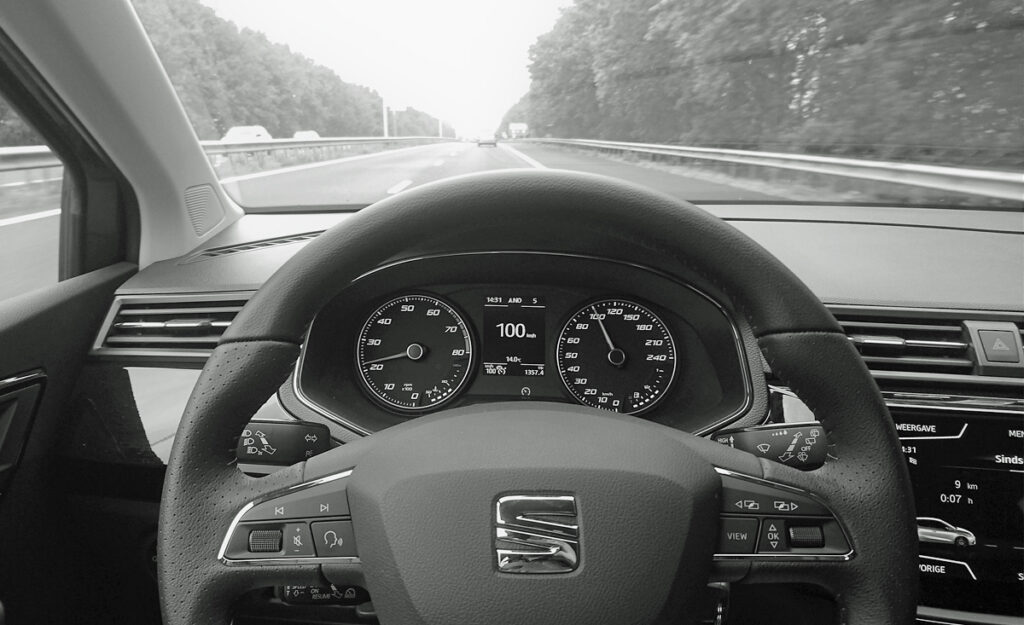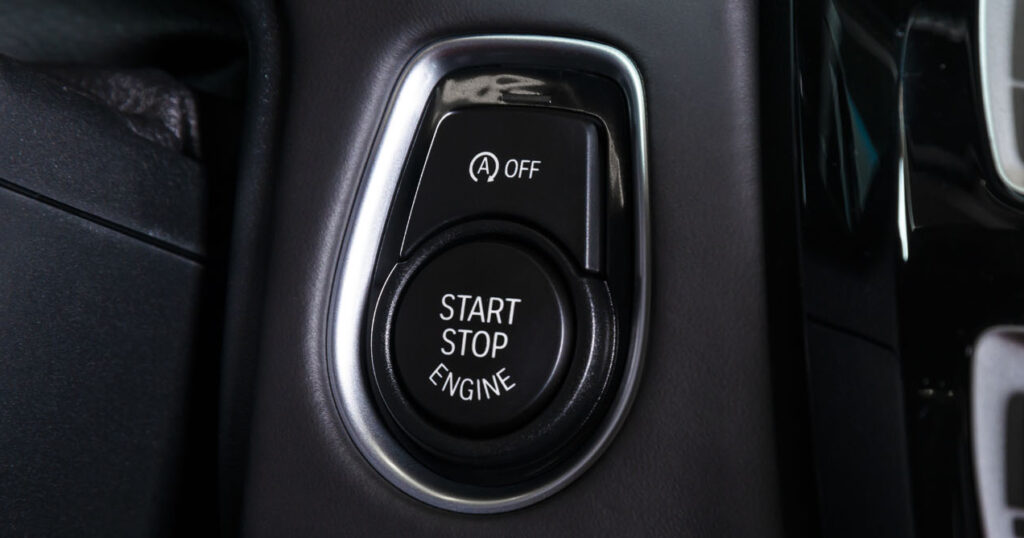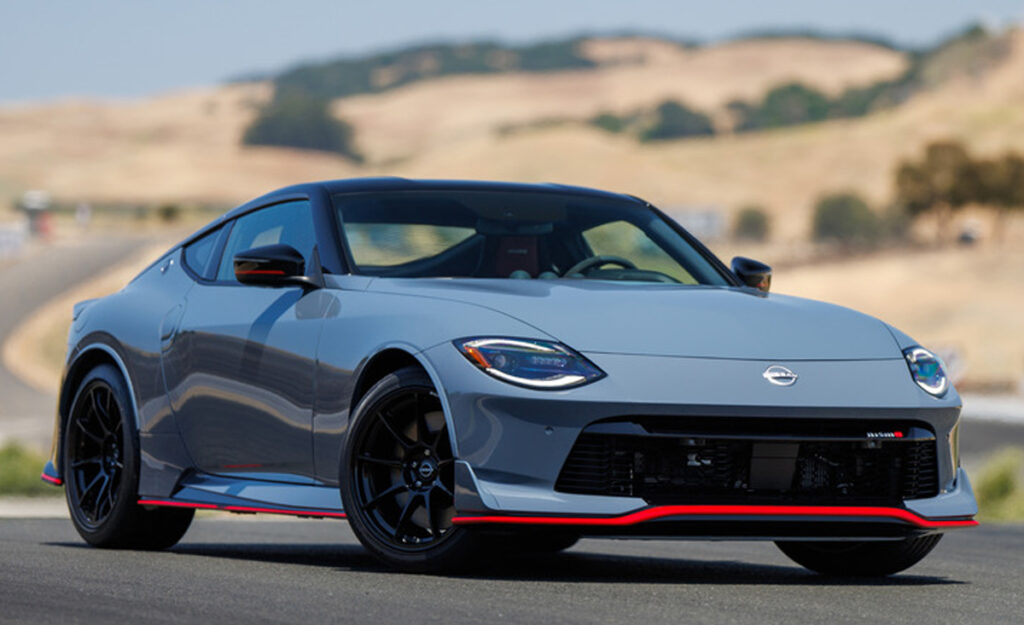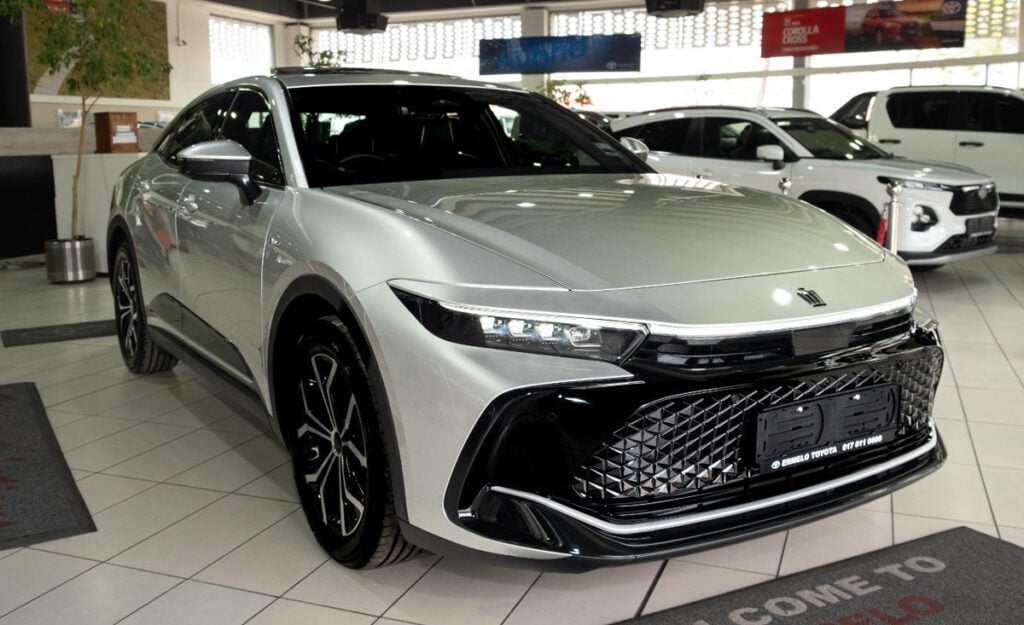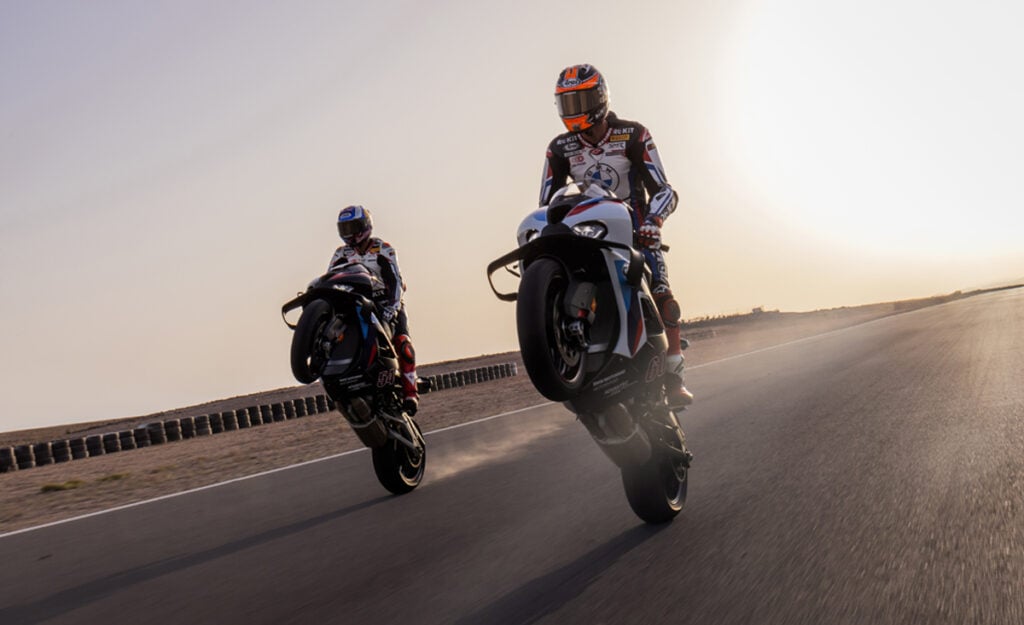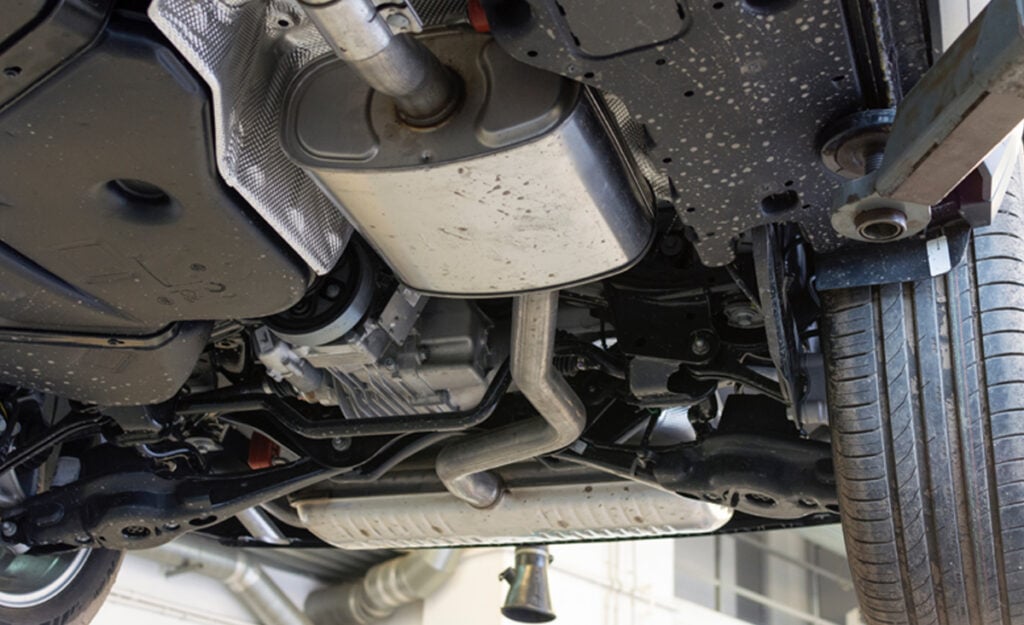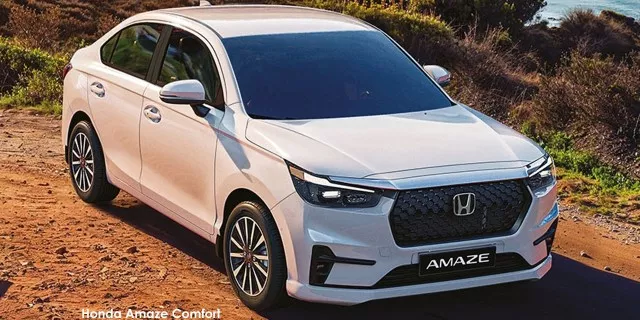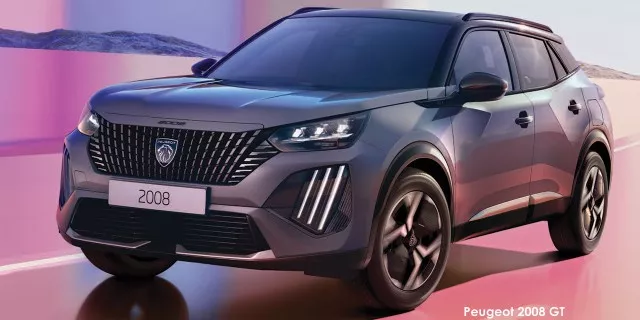
Hypermiling is an effective way to use as little fuel as possible regardless of the car you drive.
Essentially, hypermilers are motorists who drive ultra-efficiently by following a strict set of rules and recommendations. These can differ depending on the type of vehicle, whether it be petrol/diesel (ICE), hybrid (HEV), plug-in hybrid (PHEV), or full-electric (EV).
Preparing your car for hypermiling
Firstly, the most important factor for achieving favourable fuel consumption is to keep your car properly maintained and servicing it at regular intervals to ensure it runs optimally.
Owners wanting to go the extra mile can install high-performance spark plugs, such as iridium-tipped plugs, and use the lowest-viscosity oil recommended by the manufacturer alongside lightweight engine oil as these reduce internal powertrain friction and improve mileage and longevity.
Another maintenance factor that is important for hypermiling is to have the tyres aligned, balanced, and correctly inflated.
Wheels that aren’t accurately calibrated amplify rolling resistance and reduce the rubber’s lifespan, leading to more money spent on fuel and wheels in the long run.
However, owners are warned not to overinflate the tyres as this can lead to increased wear and loss of traction, which defeats the intended fuel-saving goal, as well as to habitually check if the wheels are still pumped to within the factory parameters.
The final step to getting a car ready for hypermiling is to remove excess weight by, for example, taking out unnecessary items such as bags and boxes. Keep in mind, though, that essential items like a spare wheel and jack should remain in the vehicle as the additional mass is nothing compared to the cost of calling a tow truck for a simple flat tyre.
Hypermiling driving habits
Consistency is key to achieving the best fuel economy that your car is capable of, and this can only be done through good driving habits.
Arguably the most vital of these is to maintain a steady speed when out and about thereby minimising engine load. Speeding along with frequent stops and starts burn a lot of fuel, therefore, keeping to the speed limit will result in more consistent driving and more frequent green lights which altogether cut down on propellant spend.
Cruise control can also be helpful in regulating speed, though in certain conditions, such as in mountainous areas, this feature will be less efficient than the driver’s own reactions.
It’s further recommended to never press the throttle down by more than about 3cm when hypermiling to avoid accelerating too aggressively, as well as to be gentle with pedal inputs.
However, you will inevitably have to speed up again, and the best way to do this is to get it over and done with as quickly as possible. Slow acceleration over a considerable distance will yield poorer results than a brisk surge that only lasts a few seconds.
Coasting is equally important. When approaching a red light or a planned stop, lift your foot off the pedal and let the car’s momentum finish the last few metres of the journey instead of continuing to accelerate and then slamming on brakes.
On newer models, the vehicle should be kept in gear to essentially get “free” mileage since the fuel injectors are closed if there is no one pressing the throttle, and, therefore, no petrol is used to coast.
In contrast, putting the car in neutral or keeping the clutch depressed will see the engine idle and use more fuel than if it were in gear.
Similarly, when you know you’re going to be parked and idling for more than one minute – whether at an intersection or a gate – switching the car off entirely during this time can reduce fuel usage by up to 19%.
Hills can be used to your advantage, too.
Using gravity, you can accelerate downhill by lightly pressing the accelerator which depletes less petrol and creates valuable momentum that keeps the car going for longer without the need to access its own power. Going uphill slower rather than trying to keep a consistent speed further helps prevent wastage.
Other vehicles on the road, especially big trucks and buses, can also aid in hypermiling.
Drafting behind these vehicles is much more aerodynamically efficient than taking on the open air solo, but beware, sitting closely behind a large 16-wheeler comes with its own safety risks which may not be worth the marginal fuel savings.
Last but not least, planning and thinking out each trip is a key step in the hypermiler playbook.
Consider multiple routes and choose the one with the least number of stops, slopes, and traffic. If you have more than one stopping point planned along the route, finish the longest journey first to give the vehicle time to warm up and complete the rest on the way back home.
Also, limit climate control usage to the freeway as the airconditioner only becomes more efficient than the drag created by open windows above speeds of around 70km/h. If you must use the aircon on a particularly hot or cold day, cycle between on and off to maintain the desired cabin temperature rather than keeping the feature permanently switched on.
Additionally, when arriving at the destination choose a parking spot that is close to the road rather than one near the doors and walk the few extra metres.
If possible, park in an elevated area with the car’s nose facing out of the parking bay, too, as this way gravity can assist in getting going again if the engine is cold on your return.

